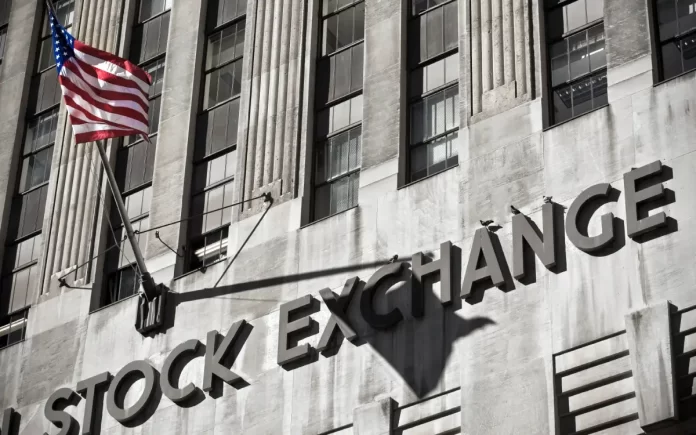New York: In an unprecedented move reminiscent of 2021, Super Micro Computer (SMCI.O) achieved a milestone last week by securing a $1.7 billion capital raise at a 0% interest rate. The secret behind this feat? A bond issuance with convertible features. This offering underscores the resurgence in the market for convertible bonds, as investors adapt to the Federal Reserve’s stance on maintaining higher rates and a buoyant stock market.
According to a report from the news agency Reuters, over the past two weeks, eight U.S. companies, including Global Payments (GPN.N), NextEra Energy (NEE.N), Lyft (LYFT.O), and Sunrun (RUN.O), have collectively raised nearly $7 billion through convertible bonds. This surge represents the busiest period for these hybrid securities in over two years.
To sweeten the appeal of convertibles for companies, banks are providing insurance and other services to mitigate the risk of issuing shares at a discount to market prices. While these services come at a cost, the savings on interest outweigh the expenses. On average, companies can save between 3% to 4% in interest costs compared to traditional bonds.
Santosh Sreenivasan, head of equity-linked and private capital markets at JPMorgan, the leading underwriter of such bonds, highlighted the significant coupon savings companies can achieve with convertible bonds.
Analysts at BofA Global anticipate global convertible bond issuance to reach $90 billion to $100 billion this year, reflecting a 20% increase from the previous year. In the United States alone, issuance is expected to range between $60 billion to $65 billion.
David Clott, portfolio manager at Wellesley Asset Management, predicts a surge in volumes as companies seek to refinance upcoming maturities in the coming years.
Traditionally, the risk of dilution deterred companies from issuing convertible bonds. However, bankers are now offering additional products to mitigate this risk.
Many recent deals feature net share settlement options, allowing companies to settle bonds converting to stock primarily in cash, minimizing dilution. Additionally, companies are purchasing capped calls to increase the share price at which bonds convert to stock.
To counter short bets placed by investors hedging against the stock, many issuers are using proceeds to buy back their own shares from bond buyers. This strategy aims to alleviate pressure on the stock price.
These measures to mitigate dilution risk have existed for years, but companies are now demonstrating a stronger commitment to utilizing them. According to Sreenivasan, this signals companies’ intent to manage risks effectively and reassure shareholders.



